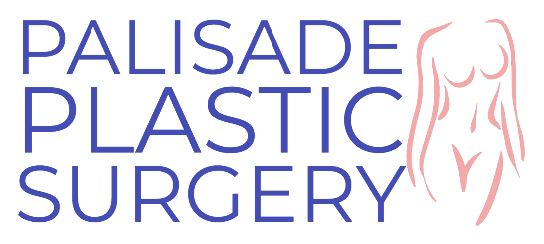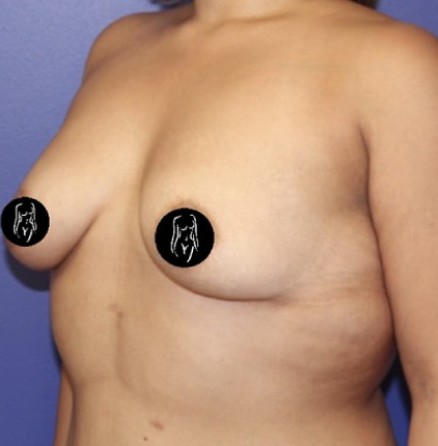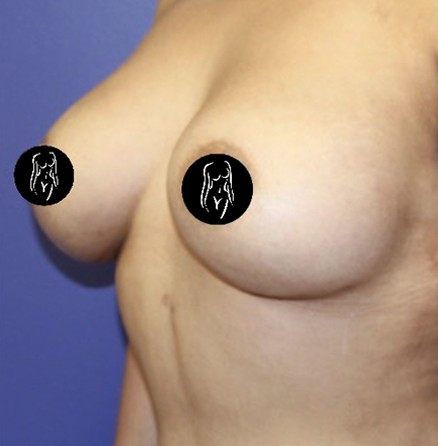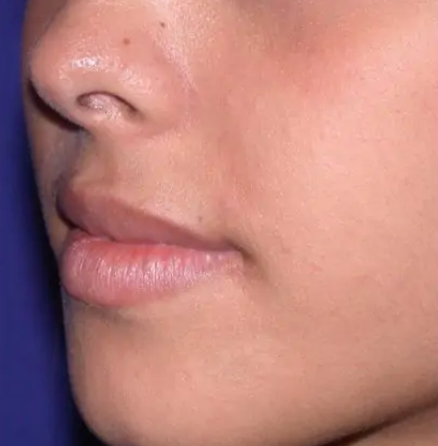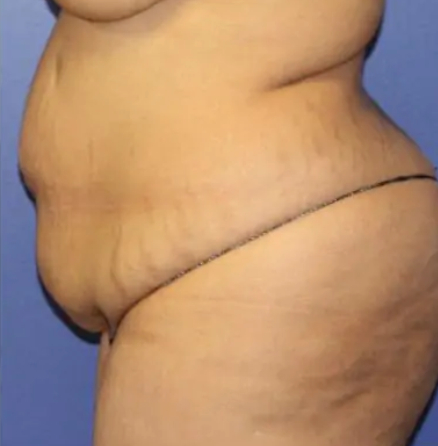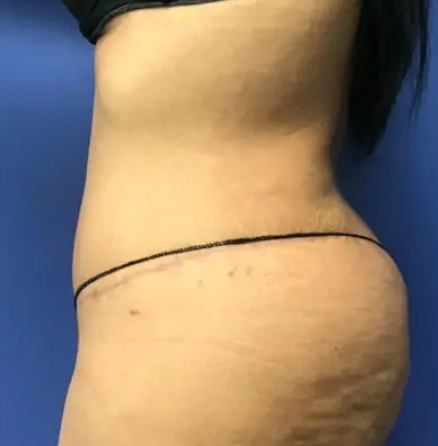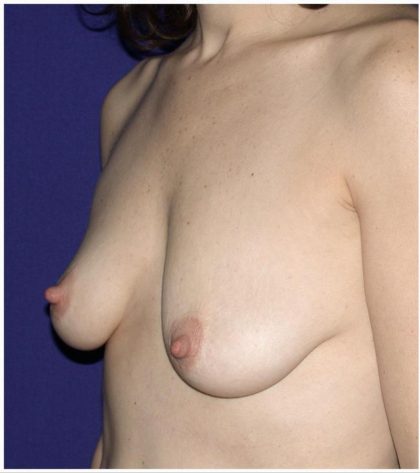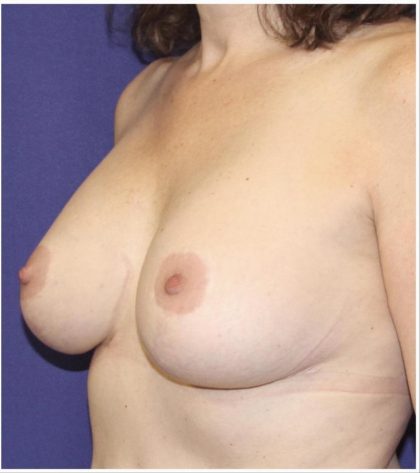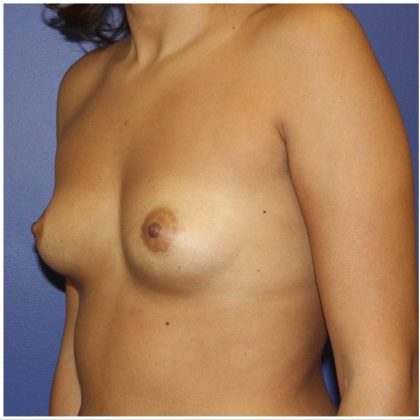Breast Augmentation
Conveniently located to serve the areas of New Jersey and the Tri-state Area

Breast augmentation is one of the most frequently performed cosmetic surgery procedures. It can give women with small or unevenly sized breasts a fuller, firmer, better-proportioned look through the placement of saline or silicone implants in the breast or transferring excess fat from another region of the body.
Before and After Photos
Our patients elect to undergo breast augmentation for many different medical and aesthetic reasons, including balancing breast size, compensating for reduced breast mass after pregnancy or surgery, and correcting a congenital breast defect.
Breast augmentation with implants requires a thorough discussion of the various factors innate to implants such as their fill (silicone or saline), shape, size, and their placement. To minimize the possibility of complications it is critical that the implant fit your body and body type. In our practice the implant is most often placed behind the pectoralis chest muscle, but there are exceptions depending on level and type of activities that a patient partakes in where sub-glandular placement is performed. There are also a few options for placement of the incision at the time of surgery (armpit, along border of areola, or under the breast along the natural crease). The best decision for your body is made through examination and a thorough discussion of the specific aspects that make a patient a candidate for one approach over another.
- Breasts Implants (Saline vs Silicone Implants)
Breast implants are silicone shells filled with either saline (salt water) or silicone gel. Both are very safe, and each offers its own advantages. Let our surgeons go through the pros and cons of each style to help you make the best decision for your body.
- Autologous Fat Transfer (“Natural Breast Augmentation”)
Our surgeons apply their fat grafting expertise to offer a natural means of breast augmentation. Combining liposuction to harvest the fat reintroduced into the breasts, they are able to soften breast contours, improve symmetry, restore fullness, or provide modest volume enhancement. This truly personalized long lasting approach has minimal downtime and scarring.
We know that every woman is unique in her desires and body shape, so we ensure that in every consultation our patients enjoy a completely customized surgical plan designed with their specific goals in mind. Schedule your consultation today.
FAQ
“Enhance your curves, embrace your empowered femininity!”
How do I choose the right breast implant size?
Choosing the right breast implant size is a crucial part of the breast augmentation process. It is important to consider your body proportions, existing breast tissue, lifestyle, and personal preferences. During your consultation, your plastic surgeon will assess your anatomy, discuss your goals, and provide guidance to help you select an implant size that is appropriate and will achieve a balanced and natural-looking result.
What are the different types of breast implants available?
There are different types of breast implants available, including saline implants, silicone implants, and cohesive gel implants (also known as gummy bear implants). Saline implants are filled with a sterile saline solution, while silicone implants are filled with silicone gel. Cohesive gel implants have a thicker gel consistency that maintains its shape even if the implant shell is damaged. Each type has its advantages and considerations, and your plastic surgeon will help you choose the best option based on your goals and individual circumstances.
Are breast implants safe and long-lasting?
Breast implants have been extensively studied and are considered safe. However, as with any surgical procedure, there are potential risks and complications associated with breast augmentation. These can include infection, implant rupture, capsular contracture, and changes in nipple or breast sensation. It is important to choose a qualified and experienced plastic surgeon and follow all pre- and post-operative instructions to minimize these risks. Breast implants are long-lasting, but they are not considered lifetime devices. Over time, some individuals may require implant replacement or revision due to changes in breast shape or implant integrity.
What can I expect during the breast augmentation procedure?
The breast augmentation procedure is typically performed under general anesthesia. Your surgeon will make incisions in inconspicuous locations, such as around the areola, in the breast crease, or in the armpit, to create a pocket for the implants. The implants will then be carefully placed either under the breast tissue (subglandular) or beneath the chest muscles (submuscular). After the implants are in place, the incisions will be closed with sutures, and dressings or surgical tape will be applied to support the breasts during the healing process.
Fat transfer breast augmentation FAQ
“Your beauty, your curves, naturally amplified and empowered!”
How is fat transfer breast augmentation performed?
The procedure begins with liposuction to harvest fat cells from areas such as the abdomen, thighs, or hips. The harvested fat is then processed to purify and concentrate the viable fat cells. Finally, the purified fat cells are carefully injected into the breasts to achieve the desired augmentation and contouring. The procedure is typically performed under general anesthesia, and the incisions for liposuction are small and discreet.
What are the benefits of fat transfer breast augmentation?
Fat transfer breast augmentation offers several benefits. First, it uses the patient’s own fat, eliminating the need for implants. This can result in a more natural look and feel. Additionally, liposuction to harvest fat allows for contouring in other areas of the body, providing the added benefit of body sculpting. Fat transfer breast augmentation also carries a lower risk of complications compared to traditional breast augmentation with implants.
